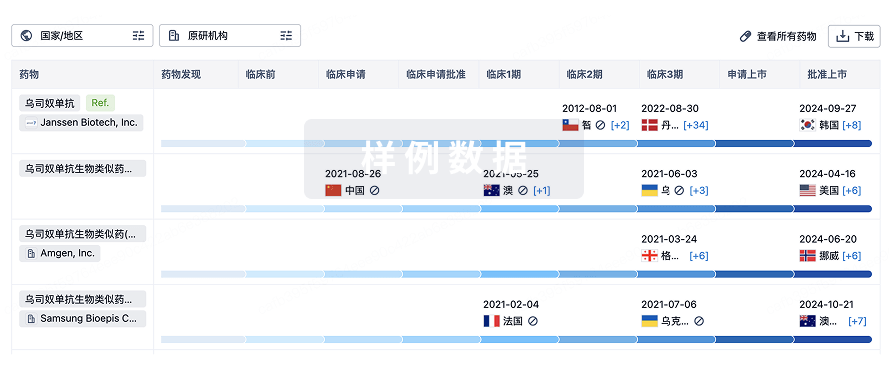ABSTRACTThe bacterial cell wall is crucial for maintaining the integrity of bacterial cells. UDP‐N‐acetylglucosamine 1‐carboxyethylene transferase (MurA) is an important enzyme involved in bacterial cell wall synthesis. Therefore, it is an important target for antibacterial drug research. Although many MurA inhibitors have been discovered, only fosfomycin is still used as a MurA inhibitor in clinical practice. Owing to the long‐term use of fosfomycin, the emergence of fosfomycin resistance is worrisome. Therefore, it is still necessary to discover new MurA inhibitors with different types of action than fosfomycin. In this study, we used AutoMolDesigner to construct a machine learning model combined with molecular docking to screen for noncovalent MurA inhibitors. We subsequently conducted the MurA inhibition activity assay and identified compound L16 (N‐(3‐(benzo[d]oxazol‐2‐yl)‐4‐hydroxyphenyl) carbamoyl‐4‐methylbenzamide) as a moderately active MurA inhibitor (IC50 = 26.63 ± 1.60 μM). The compound was structurally different from other known MurA inhibitors. We used molecular dynamics simulation to reveal possible interactions between the compound and MurA. In addition, we also found that compound L16 was nontoxic to human liver cancer cells (HepG2) (IC50 > 100 μM). In conclusion, through virtual screening and in vitro biological evaluation, we identified a novel structural type of MurA inhibitor which may become a candidate drug for inhibiting bacterial cell wall synthesis.







